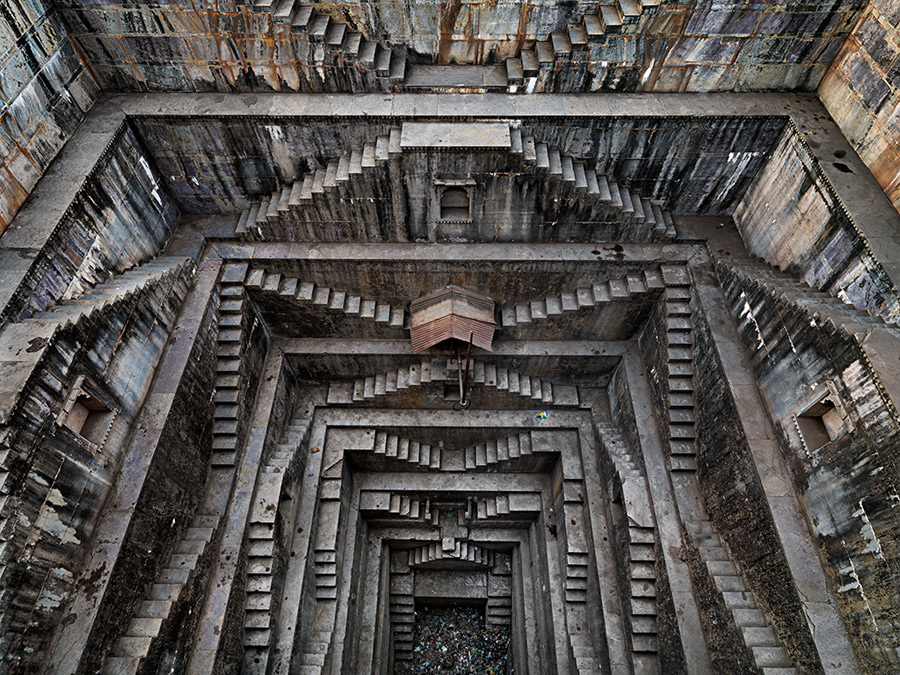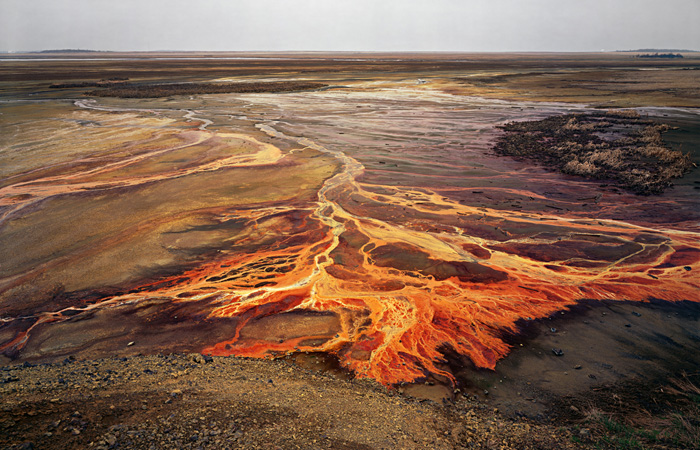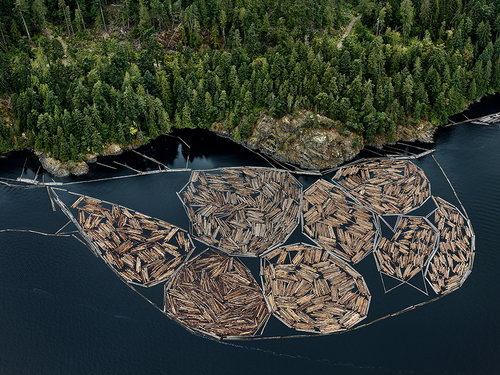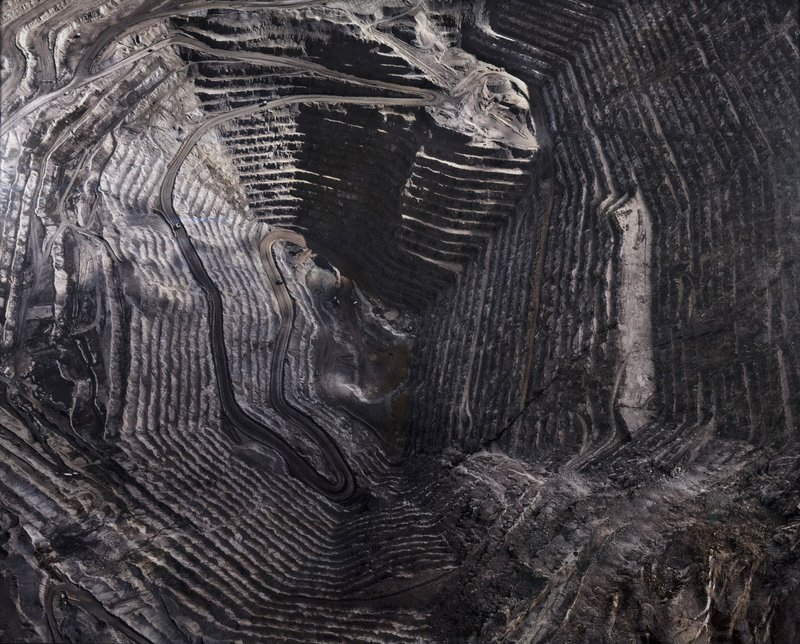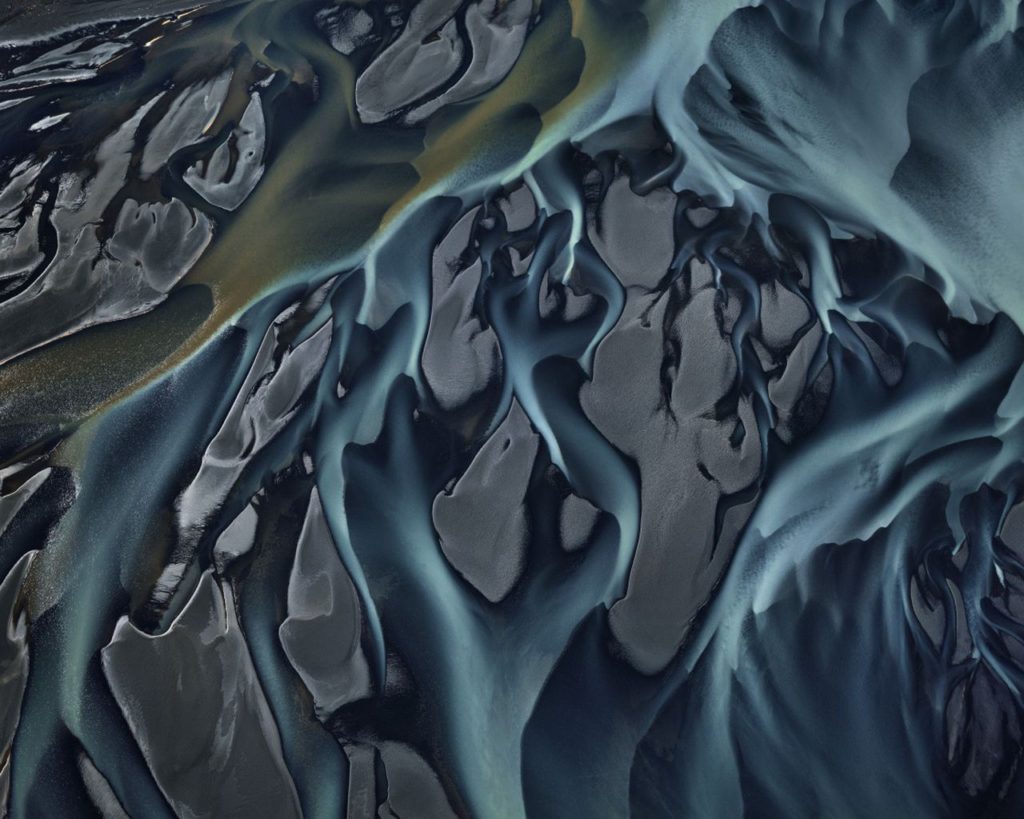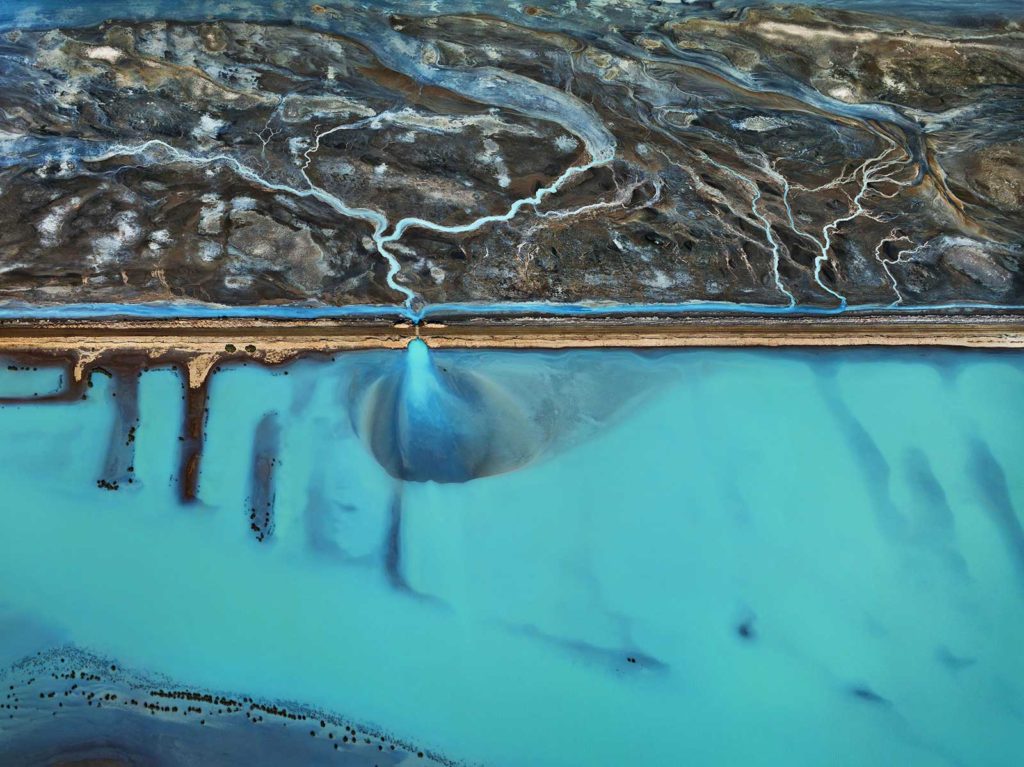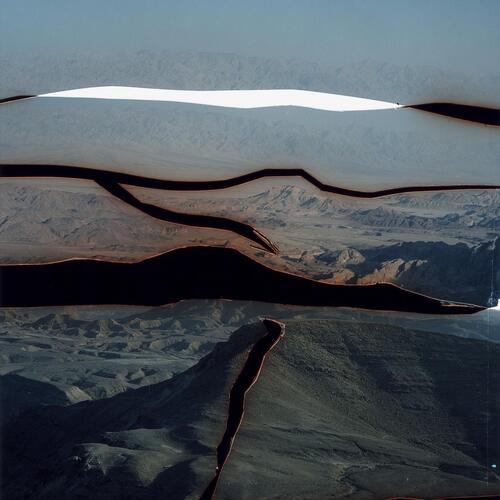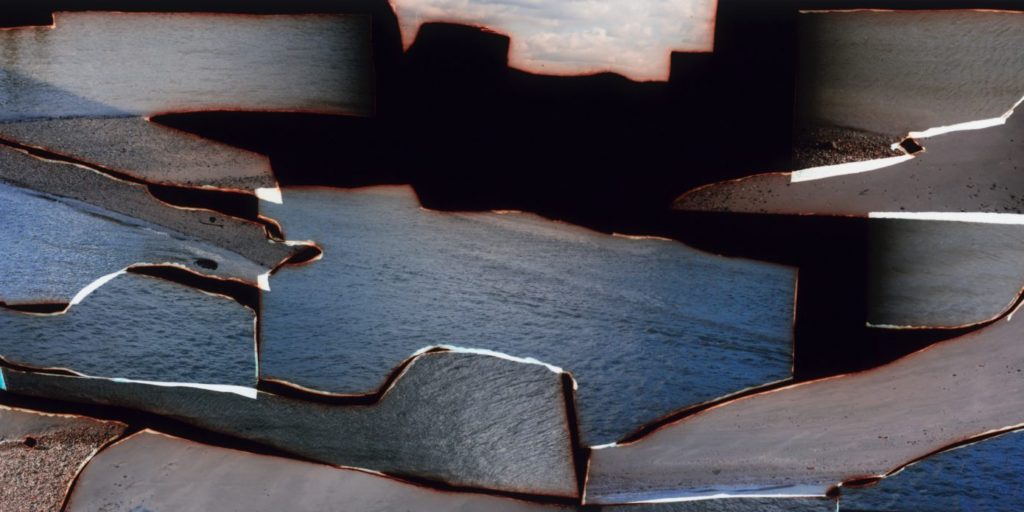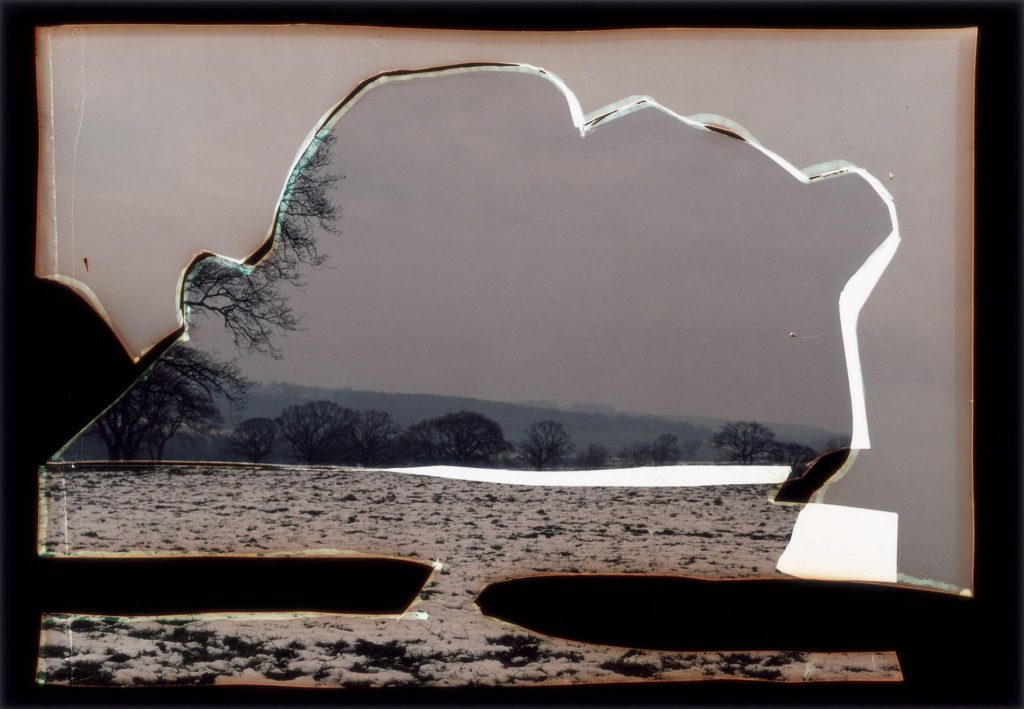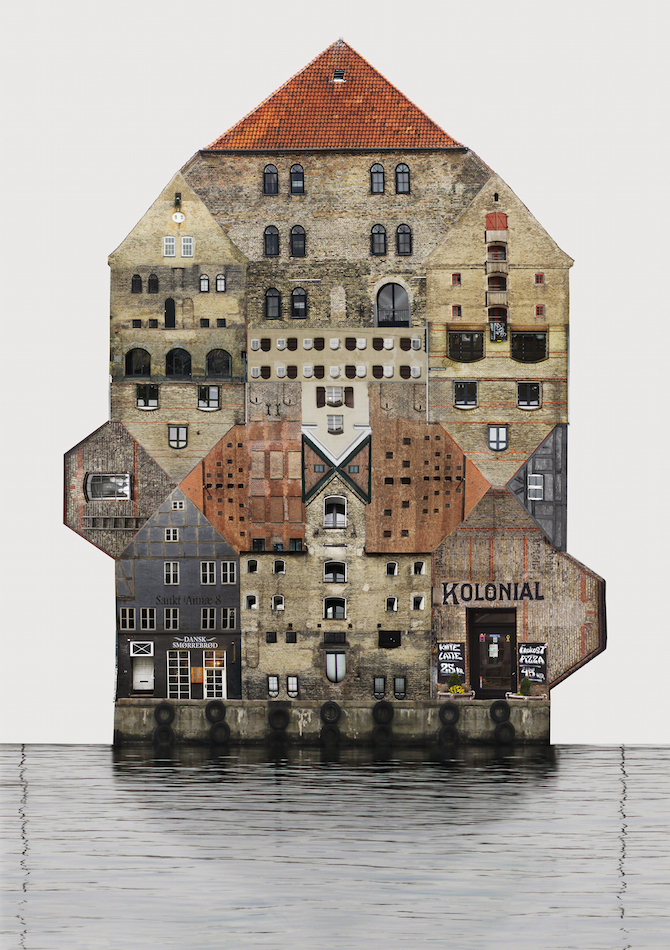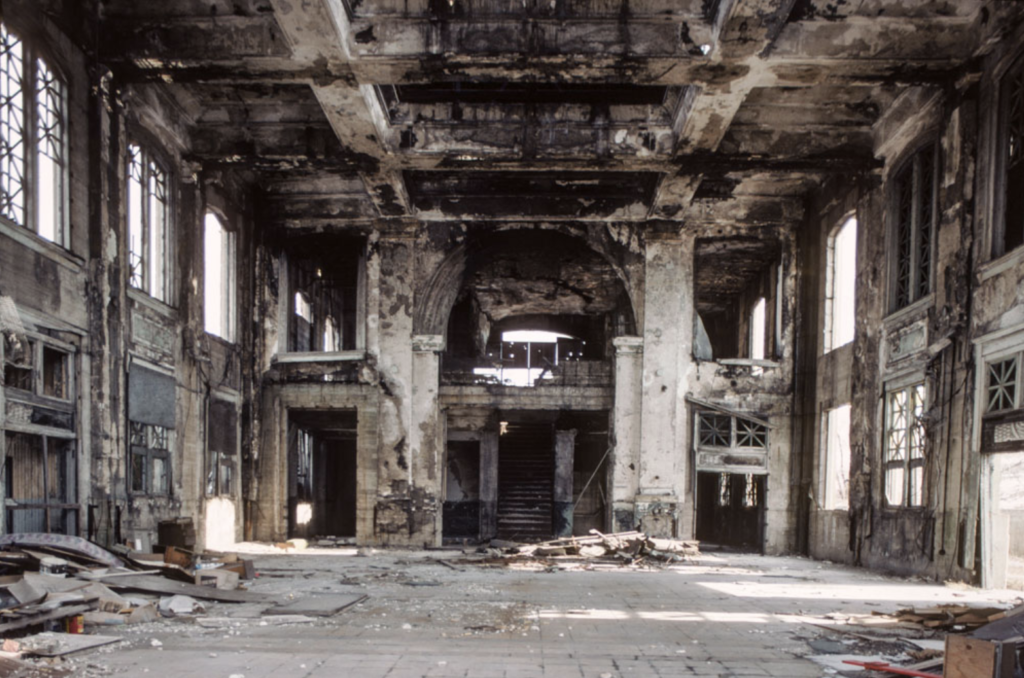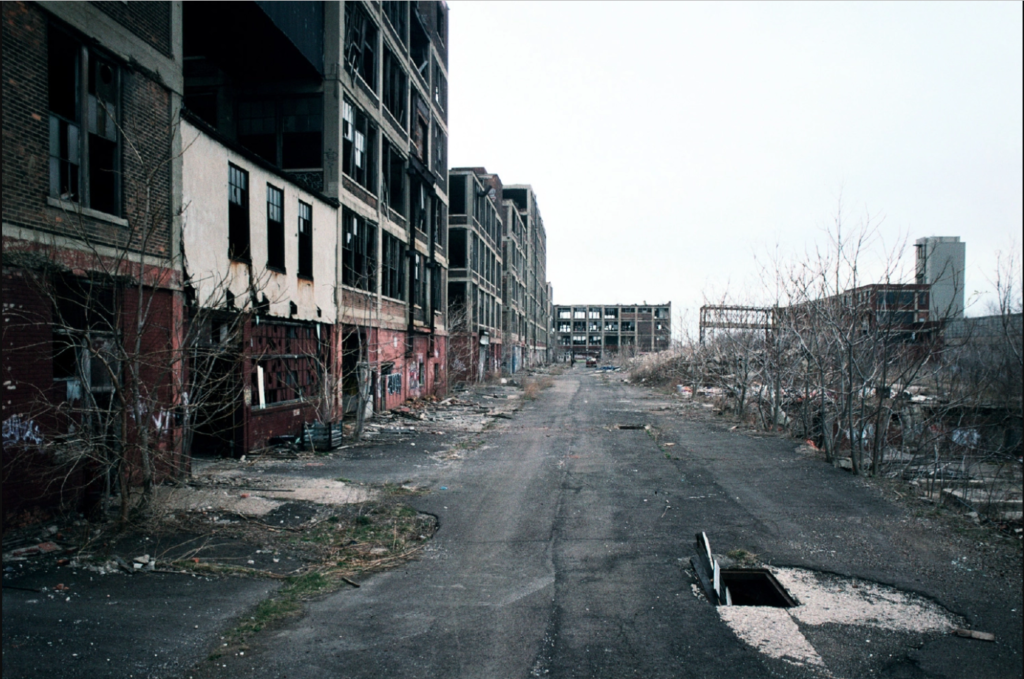Edward Burtynsky

Edward Burtynsky is a Canadian photographer known for his large scale photographs of industrial landscapes. His works portray from around the world that represent the increasing development of industrialization and its impacts on nature and the human existence. Burtynsky was born in 1955 of Ukrainian heritage in St. Catharines, Ontario. He received his BAA in Photography/ Media Studies from Ryerson University in 1982, and in 1985 founded Toronto Image Works, a darkroom rental facility, custom photo laboratory, digital imaging and new media computer-training centre catering to all levels of Toronto’s art community.

Edward Burtynsky is regarded as one of the world’s most accomplished contemporary photographers. His remarkable photographic depictions of global industrial landscapes represent over 40 years of his dedication to bearing witness to the impact of humans on the planet.
Dafna Talmor

From the Constructed Landscapes series, 2012-13
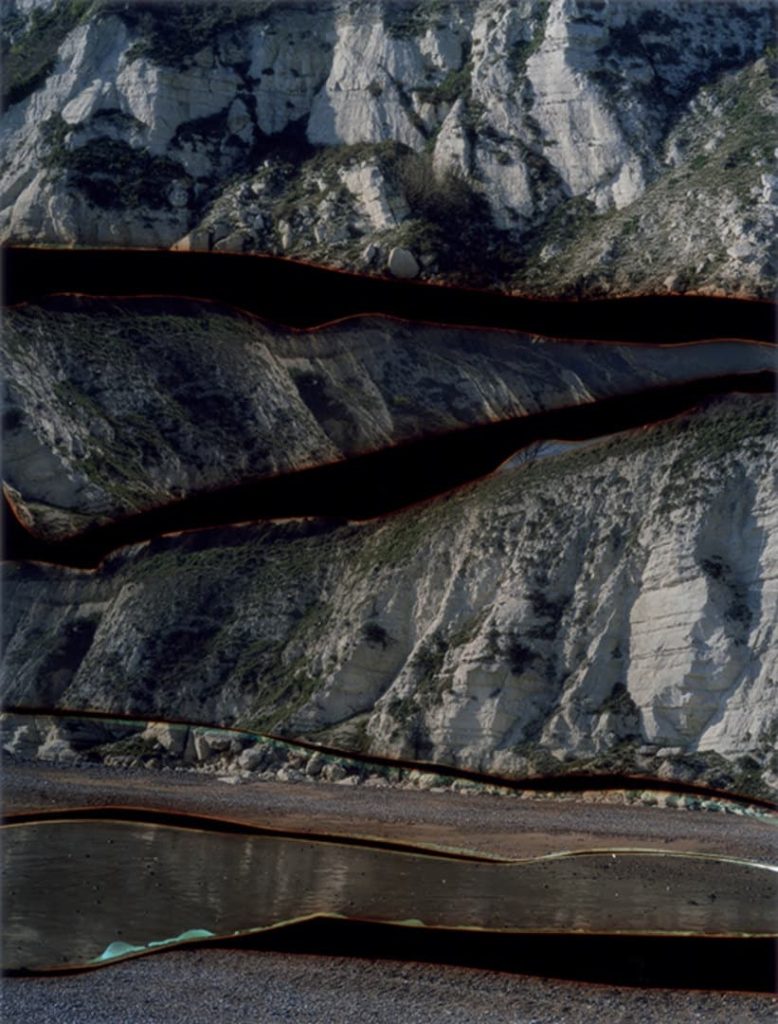
Dafna Talmor is an artist and lecturer based in London whose practice encompasses photography, curation and collaborations. Her photographs are included in public collections such as Deutsche Bank, Hiscox and private collections internationally.
‘Constructed Landscapes’ transforms colour negatives of landscapes initially taken as mere keepsakes through the act of slicing and splicing. The resulting photographs allude to an imaginary place, idealised spaces or as Foucault states, “a virtual space that opens up behind the surface”.
Talmor’s practice is based on an obsessive preoccupation with home. As a result of this obsession and despite her ambivalence, whenever she travelled, she found herself taking pictures of landscapes. These photographs were taken out of a purely personal need and desire to ‘take’ a piece of that land or place with her.
“I have always found limitations inspiring and so what was initially a cause of frustration and disappointment, led to the idea of merging different places of personal meaning to create idealised and utopian landscapes, of giving meaning and function to these seemingly defunct negatives. As a result, photographs taken over several years in my country of birth (Israel), where I was raised (Venezuela), across the UK (where I currently live) and the US (where my sister resides) have formed the basis of this ongoing project. The act of physically merging landscapes from different parts of the world refers to the transitional aspect of our contemporary world in a metaphorical way. Following on from my previous work, Constructed Landscapes is interested in creating a space that defies specificity, refers to the transient and to the blurring of space, memory and time.” – Dafna Talmor
Anastasia Savinova
Anastasia Savinova is a Russian multi-disciplinary artist that lives in Sweden. Her practice spans photography, collage, drawing, text, video, sound, and performance. With her architectural background, she holds affection for constructing and building. Her work is constantly circling around juxtapositions; the house and nature, walking to find new landscapes and digital rendering to create the images, the documented photographs processed together to make something unnatural.
“My practice revolves mainly around spirit and memory of the place and ecology and the relationship with more-than-human world. The first theme is rooted in my background as an architect. This part of my practice explores authenticity of the place. Through building imaginative surreal spaces, I tell a story of the real ones. So this work is a documentary and a fiction at the same time. My other focus is on ecologies and the relationship of the human with the more-than-human world. In several projects I explore the relationship between human and mountain, human and forest, human and water, human and proximate and distant others. I’m interested in how everything is intertwined and how we always are a part of something greater. I’m inspired by being on a journey, by seeing, smelling and touching the world. It’s not necessarily a far-away journey, it can be the same river bank over and over, and it’s a new journey every time.” – Anastasia Savinova, during an interview.
Camilo Jose Vergara

Camilo Jose Vergara is a New York based photographer that is usually compared to Jacob Riis due to his photographs of American slums and decaying urban environments.
“For more than four decades I have devoted myself to photographing and documenting the poorest and most segregated communities in urban America. I feel that a people’s past, including their accomplishments, aspirations and failures, are reflected less in the faces of those who live in these neighbourhoods than in the material, built environment in which they move and modify over time.” – Camilo Jose Vergara


